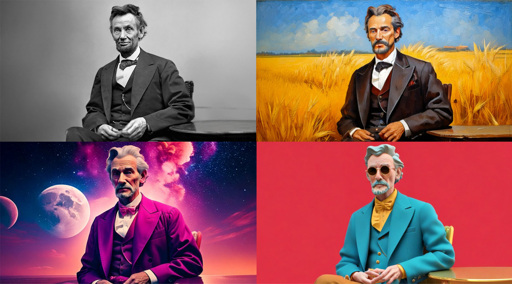- cross-posted to:
- [email protected]
- cross-posted to:
- [email protected]
Fake photographs have been around as long as photographs have been around. A widely circulated picture of Abraham Lincoln taken during the presidential campaign of 1860 was subtly altered by the photographer, Mathew Brady, to make the candidate appear more attractive. Brady enlarged Lincoln’s shirt collar, for instance, to hide his bony neck and bulging Adam’s apple.
In a photographic portrait made to memorialize the president after his assassination, the artist Thomas Hicks transposed Lincoln’s head onto a more muscular man’s body to make the fallen president look heroic. (The body Hicks chose, perversely enough, was that of the proslavery zealot John C. Calhoun.)
By the close of the nineteenth century, photographic negatives were routinely doctored in darkrooms, through such techniques as double exposure, splicing, and scraping and inking. Subtly altering a person’s features to obscure or exaggerate ethnic traits was particularly popular, for cosmetic and propagandistic purposes alike.
But the old fakes were time-consuming to create and required specialized expertise. The new AI-generated “deepfakes” are different. By automating their production, tools like Midjourney and OpenAI’s DALL-E make the images easy to generate—you need only enter a text prompt. They democratize counterfeiting. Even more worrisome than the efficiency of their production is the fact that the fakes conjured up by artificial intelligence lack any referents in the real world. There’s no trail behind them that leads back to a camera recording an image of something that actually exists. There’s no original that was doctored. The fakes come out of nowhere. They furnish no evidence.
Many fear that deepfakes, so convincing and so hard to trace, make it even more likely that people will be taken in by lies and propaganda on social media. A series of computer-generated videos featuring a strikingly realistic but entirely fabricated Tom Cruise fooled millions of unsuspecting viewers when it appeared on TikTok in 2021. The Cruise clips were funny. That wasn’t the case with the fake, sexually explicit images of celebrities that began flooding social media in 2024. In January, X was so overrun by pornographic, AI-generated pictures of Taylor Swift that it had to temporarily block users from searching the singer’s name.


